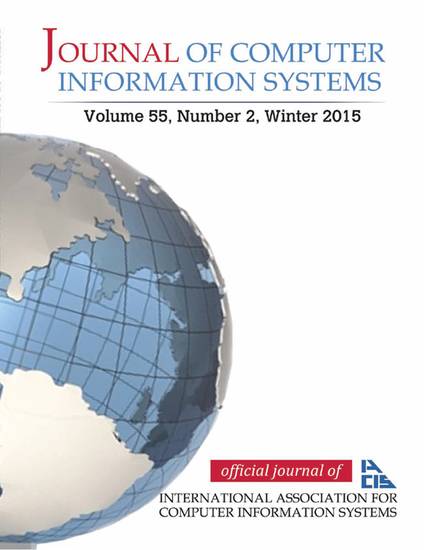
Article
Real-World Deception and the Impact of Severity
Journal of Computer Information Systems
(2015)
Abstract
Previous research has shown that language varies between deceivers and truth tellers. These linguistic differences serve as the foundation to automated text-based deception detection methods. However, few studies have analyzed linguistic cues to deception in real-world environments. Here, we present an analysis of linguistic cues to deception in person-of-interest statements recorded following crimes on a military base. Using automated cue extraction and MANOVA, the analysis indicates that quantity, diversity, nonimmediacy, and cognitive processing cues differ between truthful and deceptive statements. Additionally, this study introduces an exploratory measure of incident severity used to analyze how language changes in both deceivers and truth tellers as situational severity increases.
Keywords
- deception,
- linguistic-based cues,
- automated text analysis,
- high-stakes deception,
- severity
Publication Date
January, 2015
Citation Information
Christie M. Fuller, Douglas P. Twitchell, David P. Biros and Rick L. Wilson. "Real-World Deception and the Impact of Severity" Journal of Computer Information Systems Vol. 55 Iss. 2 (2015) p. 59 - 67 ISSN: 08874417 Available at: http://works.bepress.com/douglas-twitchell/9/
